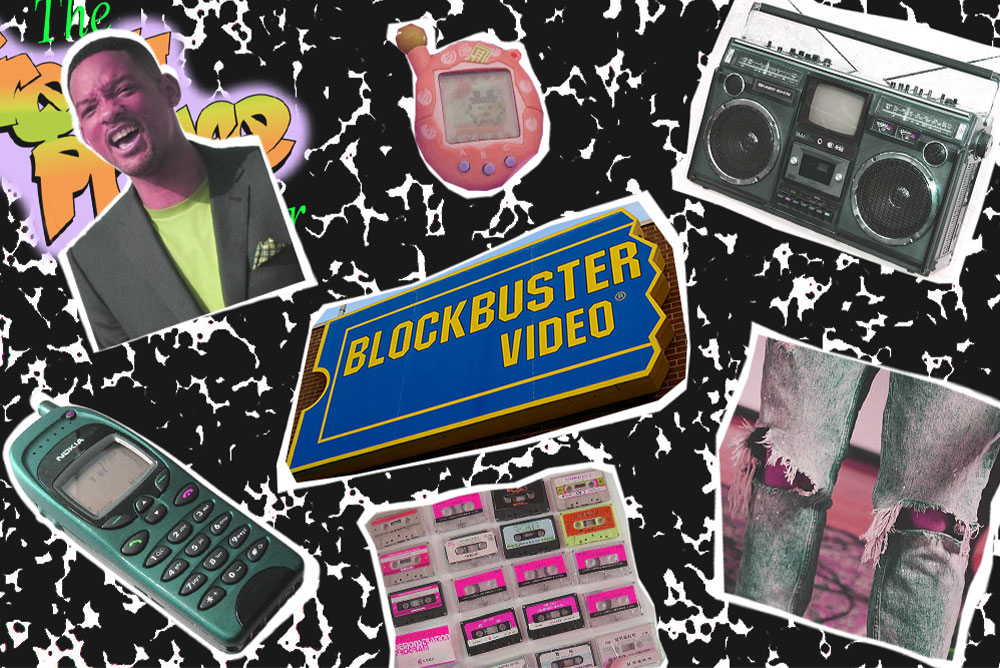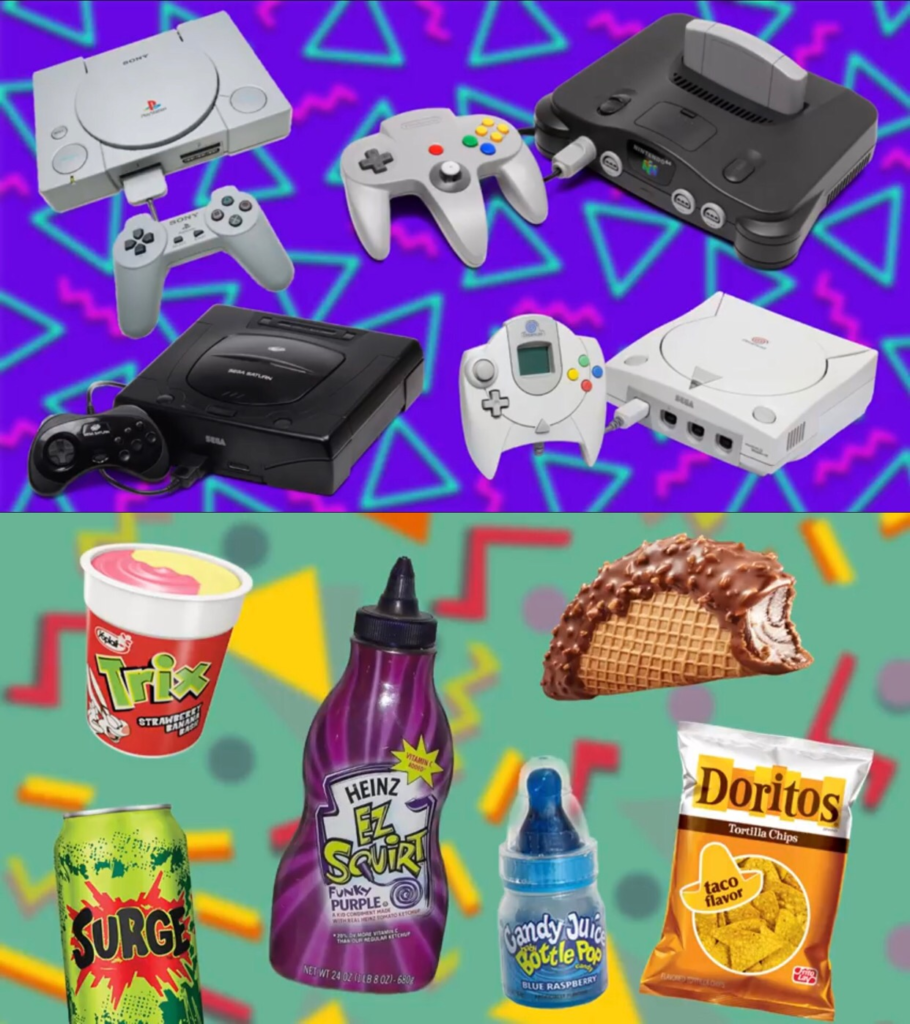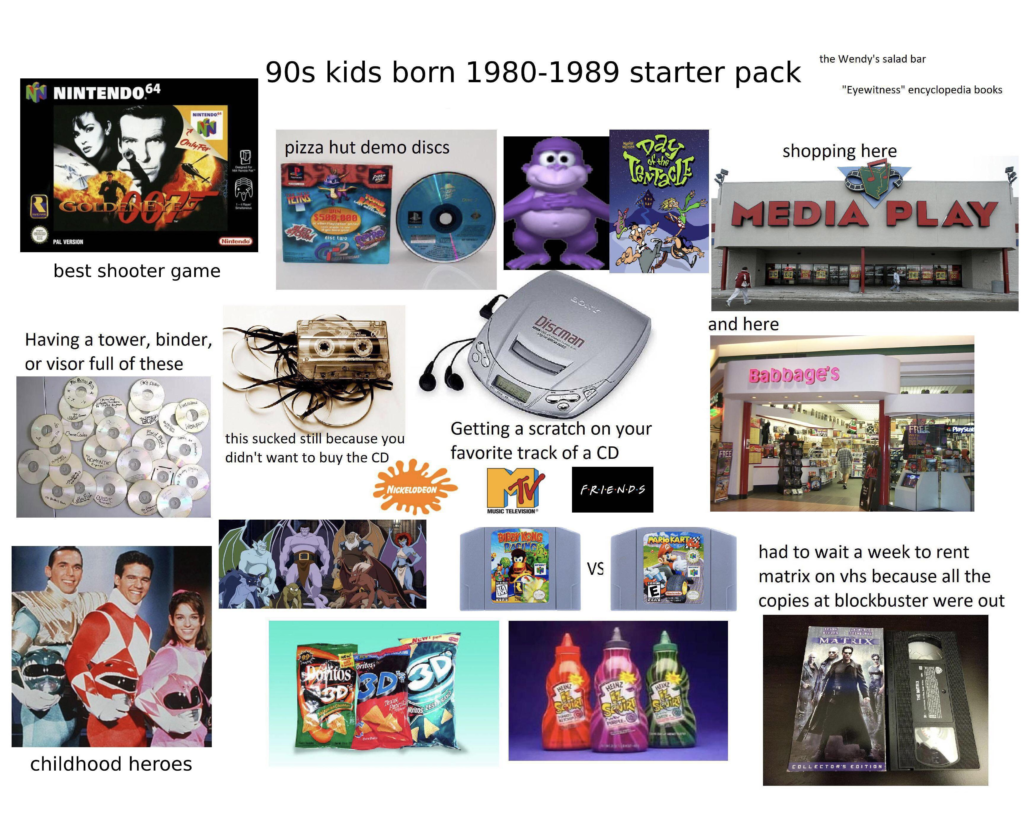Nostalgia has a powerful allure, evoking memories of the past and often eliciting strong emotional responses. It’s no wonder that content creators across various media—be it film, television, music, or advertising—frequently tap into nostalgic themes to engage audiences. However, the challenge lies in crafting nostalgic content that feels authentic and resonant rather than clichéd and overdone. This essay explores how to create nostalgic content that genuinely connects with audiences without falling into the trap of clichés.

1. Understanding the Essence of Nostalgia
1.1 The Psychology of Nostalgia
Nostalgia is a complex emotion that encompasses a longing for the past. According to psychological research, it often arises from a desire to recapture positive feelings associated with specific memories or eras. Dr. Constantine Sedikides, a leading researcher in the field of nostalgia, notes that nostalgic memories often feature a blend of happiness, warmth, and a sense of belonging.
Understanding this emotional complexity is crucial for content creators. Instead of merely referencing past trends or icons, effective nostalgic content should evoke the deeper emotional experiences that audiences associate with those memories.
1.2 The Role of Personal and Collective Memory
Nostalgia operates on both personal and collective levels. Personal nostalgia relates to individual memories, while collective nostalgia refers to shared experiences within a culture or community. For example, a TV show from the 90s might evoke personal memories for someone who watched it as a child, while also tapping into collective cultural moments that defined the decade.
To create authentic nostalgic content, it’s important to consider both personal and collective aspects. Content that resonates on multiple levels can create a more profound and widespread emotional impact.

2. Authenticity Over Imitation
2.1 Deep Research and Understanding
Creating authentic nostalgic content requires a deep understanding of the era or subject being referenced. Superficial references or mere visual mimicry can come across as forced and inauthentic. Content creators should immerse themselves in the cultural, social, and historical contexts of the time they wish to evoke.
For instance, a filmmaker creating a 1980s-themed movie should not only focus on visual aesthetics like neon colors and big hair but also understand the music, social issues, technology, and everyday life of that era. This depth of knowledge allows for more nuanced and genuine storytelling.
2.2 Emotional Truths Over Surface Details
Authenticity in nostalgic content comes from capturing the emotional truths of the past rather than just replicating its surface details. What made a certain era or moment special? What were the underlying values, hopes, and challenges of that time?
By focusing on these deeper emotional truths, creators can craft content that feels sincere and relatable. For example, the TV show “Stranger Things” successfully evokes 1980s nostalgia not only through its aesthetics but also by capturing the sense of adventure, friendship, and mystery that defined childhood for many during that decade.
3. Avoiding Clichés
3.1 Recognizing Common Pitfalls
Clichés often arise when creators rely on overused tropes and stereotypes. Recognizing these common pitfalls is the first step in avoiding them. Over-reliance on familiar symbols (e.g., Rubik’s cubes for the 80s, tie-dye shirts for the 70s) can make content feel predictable and uninspired.
To avoid clichés, it’s important to go beyond the obvious and explore less familiar aspects of the past. This might involve highlighting lesser-known cultural phenomena, subcultures, or personal stories that provide fresh perspectives.
3.2 Subverting Expectations
One effective way to avoid clichés is to subvert audience expectations. This involves taking familiar elements of nostalgia and presenting them in new and unexpected ways. For instance, rather than simply recreating a retro aesthetic, a creator might blend it with contemporary styles or recontextualize it in a different setting.
A great example of this approach is the film “La La Land,” which combines the charm of classic Hollywood musicals with a modern-day story. By doing so, it pays homage to the past while offering something new and relevant.
4. Integrating Nostalgia with Modern Elements
4.1 Blending Past and Present
To create content that feels both nostalgic and contemporary, it’s essential to blend elements of the past with modern sensibilities. This approach not only appeals to those who experienced the original era but also engages younger audiences who may not have firsthand memories of it.
For example, music artists often sample or reinterpret classic songs, infusing them with modern production techniques and styles. This creates a bridge between generations, allowing different age groups to appreciate the same content in their unique ways.
4.2 Reinterpreting Timeless Themes
Certain themes and experiences are timeless, transcending specific eras. Love, friendship, adventure, and personal growth are universal themes that can be reinterpreted within a nostalgic context. By focusing on these enduring human experiences, creators can craft stories that resonate across age groups.
Consider the movie “The Great Gatsby” (2013), which, despite being set in the 1920s, addresses timeless themes of love, ambition, and the American Dream. Its use of contemporary music and visual effects makes it accessible to modern audiences while retaining the essence of its original era.

5. Case Studies of Authentic Nostalgic Content
5.1 “Stranger Things”
The Netflix series “Stranger Things” is often cited as a masterclass in nostalgic content. Set in the 1980s, it seamlessly blends references to the era with compelling storytelling and character development. The show’s success lies in its ability to evoke the essence of 80s adventure films while creating an original narrative that feels fresh and engaging.
5.2 “Guardians of the Galaxy”
Marvel’s “Guardians of the Galaxy” films effectively use 1970s and 1980s music to evoke nostalgia. The soundtrack, featuring hits from these decades, plays a crucial role in shaping the film’s tone and connecting with the audience on an emotional level. This use of music, combined with a modern sci-fi adventure, demonstrates how nostalgic elements can enhance storytelling without dominating it.
5.3 “Toy Story 3”
“Toy Story 3” masterfully leverages nostalgia by revisiting beloved characters and themes from the earlier films. The storyline, which deals with growing up and letting go of childhood, resonates deeply with audiences who grew up with the franchise. The film balances nostalgic callbacks with a new, emotionally rich narrative, making it a standout example of authentic nostalgic content.
6. Practical Tips for Creating Authentic Nostalgic Content
6.1 Engage with Authentic Sources
Engaging with authentic sources, such as interviews, archival footage, and primary documents, can provide valuable insights and inspiration. These sources offer a direct connection to the past, helping creators capture the true essence of the era they wish to evoke.
6.2 Collaborate with Those Who Lived It
Collaborating with individuals who experienced the era firsthand can add depth and authenticity to the content. Their personal stories and perspectives can enrich the narrative, providing a more accurate and heartfelt portrayal of the past.
6.3 Focus on Storytelling
Ultimately, compelling storytelling is key to creating authentic nostalgic content. A well-crafted story that resonates on an emotional level will always have a stronger impact than superficial references. By prioritizing character development, plot, and thematic depth, creators can ensure that their content stands the test of time.

Conclusion
Creating authentic nostalgic content without falling into clichés requires a deep understanding of the past, a focus on emotional truths, and a willingness to innovate. By blending nostalgia with modern elements, subverting expectations, and telling compelling stories, content creators can craft works that resonate with audiences on a profound level. As we continue to look to the past for inspiration, it is this balance of authenticity and creativity that will keep nostalgic content fresh, meaningful, and impactful.
For more such content, stay tuned to QAWire


